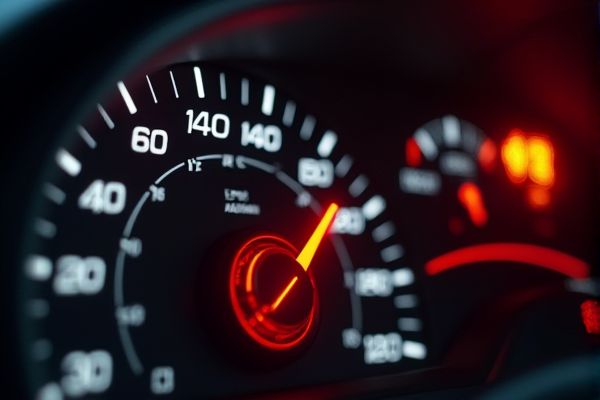
When the check engine light turns on in your Mercedes-Benz B-Class, it indicates that the vehicle's onboard diagnostic system has detected a fault--ranging from sensor malfunctions to issues with the emissions control system--that requires immediate attention. Prioritizing data from an OBD-II scan is essential, as it provides precise error codes and performance metrics to guide efficient repairs, ensuring optimal engine functionality and compliance with emission standards.
Mercedes-Benz B-class check engine light on meaning
Loose Gas Cap
A loose or missing gas cap can trigger the check engine light.
Oxygen Sensor Malfunction
A faulty oxygen sensor can cause emissions issues.
Catalytic Converter Failure
A failing catalytic converter can lead to serious engine damage.
Mass Airflow Sensor Issues
A malfunctioning mass airflow sensor affects engine performance.
Spark Plugs & Wires
Faulty spark plugs or wires can cause engine misfires.
Vacuum Leak
Leaks in the vacuum system can lead to performance issues.
Emissions Control Problems
Issues with emissions control systems can trigger the light.
Transmission Issues
Problems with transmission can cause the check engine light to illuminate.
Ignition System Faults
Faults in the ignition system can lead to engine misfires.
Old or Weak Battery
A battery that is old or weak can cause electrical system issues.
Computer Output Circuit Issues
Problems with the computer's output circuits can trigger the light.
Fuel and Air Metering System Problems
Issues with fuel and air metering can affect engine performance.
Exhaust Gas Recirculation (EGR) Valve Failure
A clogged or failed EGR valve can cause emissions issues.
For car users
When your Mercedes-Benz B-Class's check engine light comes on, ensure you safely pull over and inspect basic areas like the gas cap and fluid levels while consulting the owner's manual; if available, use an OBD-II scanner to retrieve error codes for immediate insight. Next, prioritize scheduling a diagnostic evaluation with a certified Mercedes-Benz technician to address any underlying issues and prevent potential engine damage.
Ignoring the check engine light
Ignoring the check engine light on your Mercedes-Benz B-Class can allow minor issues--such as sensor malfunctions, inefficient fuel combustion, or emissions problems--to deteriorate into severe engine damage, resulting in increased repair costs and decreased overall performance. Data from maintenance studies indicate that neglecting early warning signs may lead to a 10-15% reduction in fuel efficiency and a higher likelihood of catastrophic component failures, underscoring the value of prompt diagnostics and repairs.
How to reset?
Scan your Mercedes-Benz B-Class with an OBD2 diagnostic tool to identify and repair any underlying engine or sensor issues before attempting to reset the check engine light. Once repairs are confirmed, clear the fault codes using the scanner or disconnect the battery for approximately 10-15 minutes to reset the ECU, then recheck the system to ensure the light remains off.
When the check engine light comes on in a Mercedes-Benz B-class, diagnostic fees typically range from $100 to $200, and repair costs can vary from around $300 up to $1,200 or more depending on fault severity and component replacement needs. Prioritized cost data shows that routine sensor or emissions repairs usually add an extra $200-$500, while more complex engine or transmission issues may push overall expenditures above $1,000.
Future prevention
Regularly adhere to the manufacturer's maintenance schedule--ensuring timely oil changes, air and fuel filter replacements, and sensor calibrations--to help prevent the check engine light on your Mercedes-Benz B-Class from turning on. Additionally, use certified parts and periodic OBD-II diagnostics to monitor emission systems, detect early faults, and maintain optimal engine performance with accurate data.
